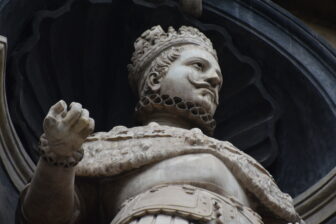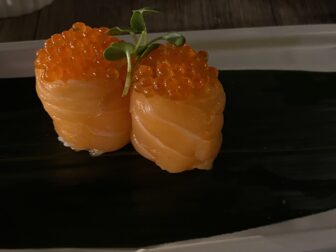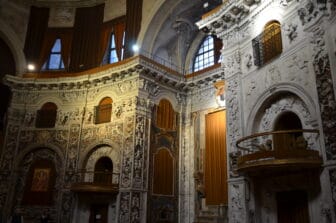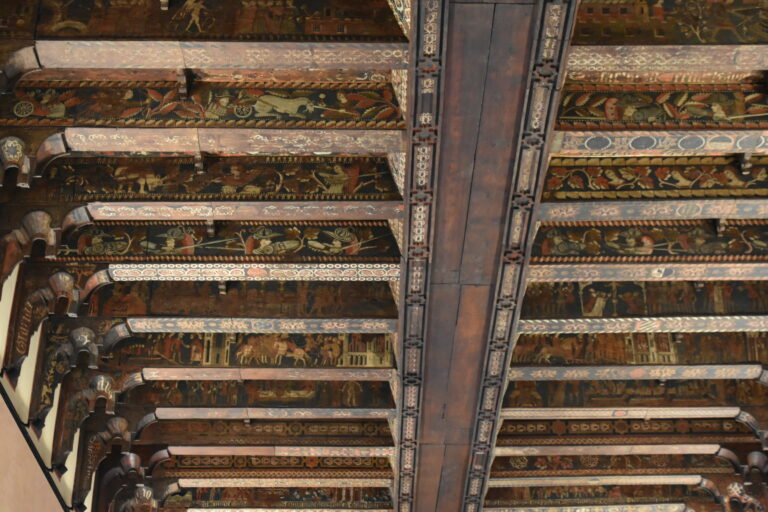
[Jan. 2024] The last place we visited on this trip to Palermo, Sicily, Italy was a mansion called Palazzo Steri.
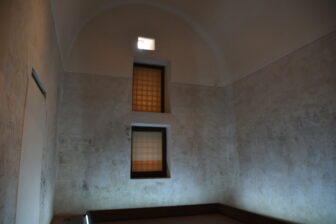
The entrance costs €8 per person, and we went around with a guide.
This mansion was originally the palace of the Chiaramonte family, a powerful noble family in Sicily, but it was taken over when Sicily came under Spanish rule in the 14th century.
After the Reconquista in 1492, Spain declared itself a Catholic Christian country, and there were trials to determine whether people were truly Christians, and a cell related to this was set up inside the mansion.
I had heard about historical facts such as the expulsion of Jews, but I didn’t know that there was a process of examination.
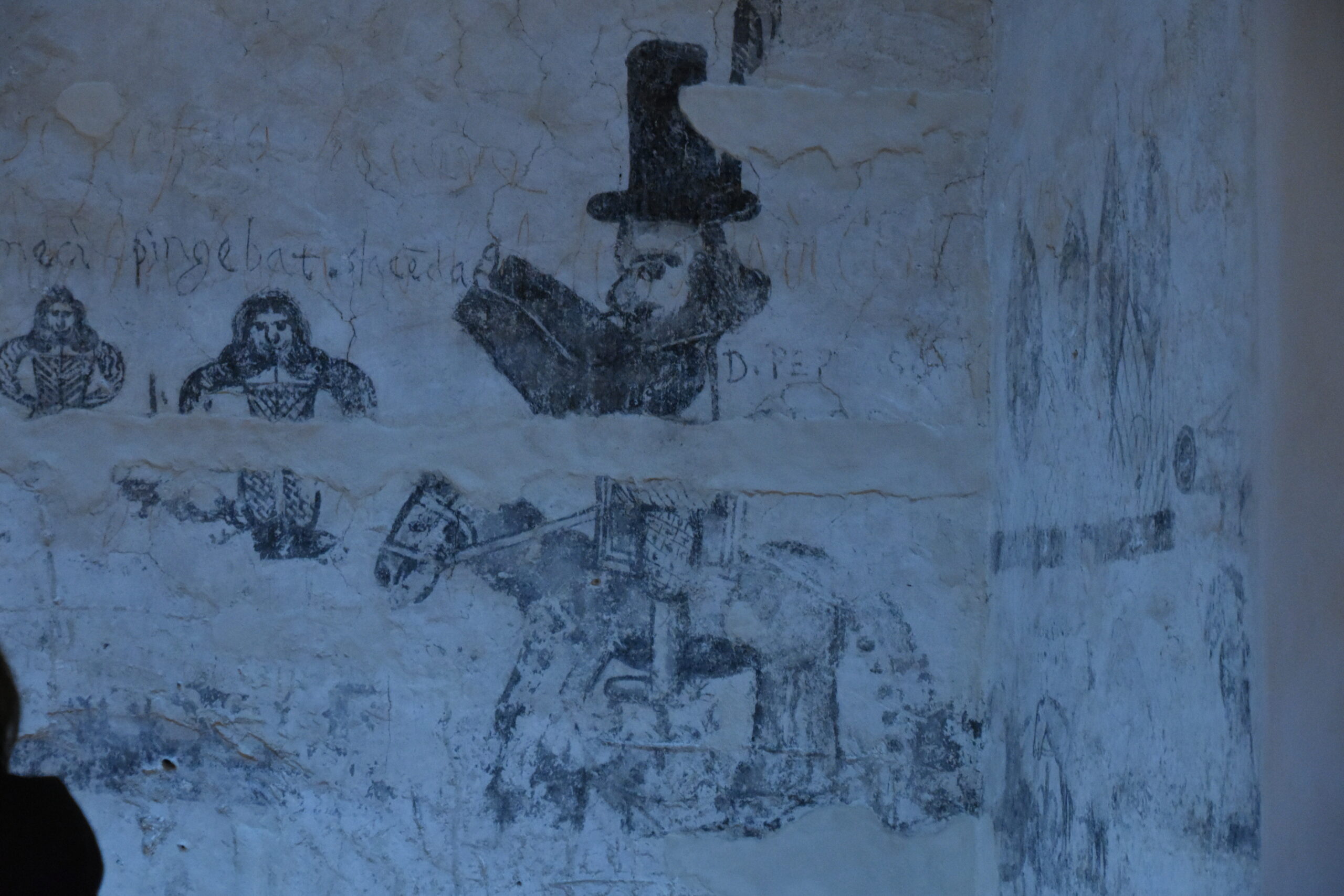
Apparently many people pretended to have converted from Judaism or Islam.
In addition, Christians other than Catholics were also put in prison.
There are a lot of graffiti at the site of the prison.
It was used for 200 years, so there are layers of graffiti.
The sand on the ground was mixed with saliva or blood and used for drawing, and the high-level prisoners were given candles, so some graffiti was drawn with those.
The reason why some of the graffiti are so high up on the wall is because the beds were not just stacked in two tiers, but stacked in several tiers up to the ceiling.
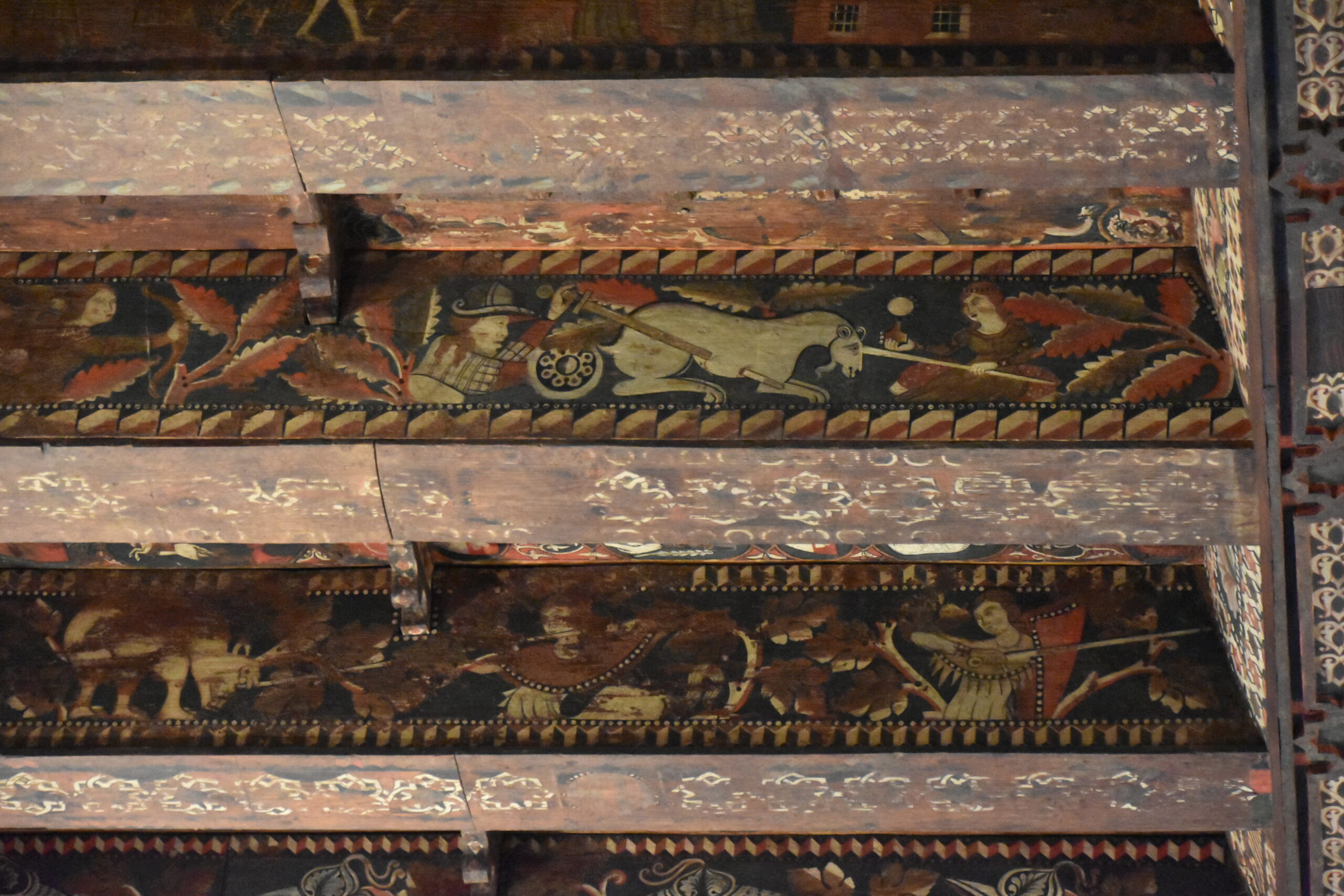
Most of the graffiti that remains are religious paintings, but some are humorous.
Each room was supposed to hold 6 to 16 people.
Next, we saw the ceiling of the large room called Sala Magna in the living area of the palace.
The wooden ceiling in the Mudejar style, started to be built in 1377, is magnificent with detailed paintings.
The paintings depict scenes of chivalrous love, duels, hunting, and more, and were brought back to life in a recent restoration.
Apparently such wooden ceilings were rare in Palermo, except for churches.
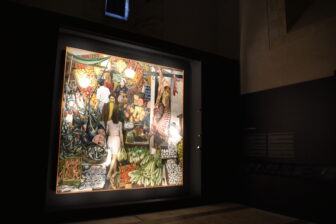
The last thing we saw was a painting called “Vucciria Market,” a masterpiece by Renato Guttuso, an Italian painter from Sicily.
As the guide pointed out, it’s a colourful market scene, and at first glance it looks nice and happy, but the people all have gloomy expressions and look down.
It was painted in 1974, during the heyday of the Mafia, and it reflects the way people avoided making eye contact with others.
I liked the painting at first glance, but after hearing this explanation, I found it even more interesting.
So I bought a small bag with this painting motif that was on sale at the shop.
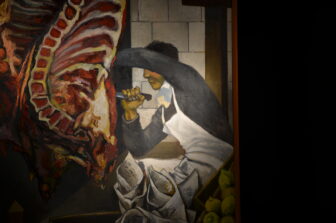
As expected, it’s fulfilling to go around while listening to the guide’s explanations.
The guide explained it in English as well just for me.
She was a small, intelligent lady.
This was the end of our stay in Palermo.
When we got back to the Airbnb to pick up our luggage, the owner, Francesca, was already there and we chatted for a while.
It turns out she runs the Airbnb by herself.
It was a really great Airbnb.

